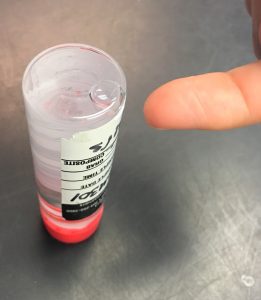Radon is a naturally-occurring radioactive gas that is a decay product of radium. It dissolves in ground- and well-water and can be released into the air during water use. It can also enter a home by rising through the earth up through foundations. It is widely present throughout Maine, affecting as many as one in three homes (Bangor Daily News, 2014).
Radon has been linked to lung cancer.
Health Limits:
U. S. EPA Primary Drinking Water Standard limit: >4000 pCi/L
Additional Resources
State of Maine Rationale for Radon Maximum Exposure Guideline (2006)
State of Maine Radon Homepage: https://www.maine.gov/dhhs/mecdc/environmental-health/rad/radon/hp-radon.htm
State of New Hampshire Radon Homepage: https://www.dhhs.nh.gov/programs-services/environmental-health-and-you/radon
U. S. EPA Radon Homepage: https://www.epa.gov/radon
Making Sense of Your Radon Test Result - Maine CDC (.pdf)
Sample Requirements
Drinking Water:
Container: glass vial with septi-cap top
Volume: 60 mL
Hold time: n/a
Preservation note: NO AIR BUBBLES!

Radon sampling bottle..
Sorry, samples with an air bubble larger than a green pea cannot be accepted. Pea-sized bubble below is OK.

